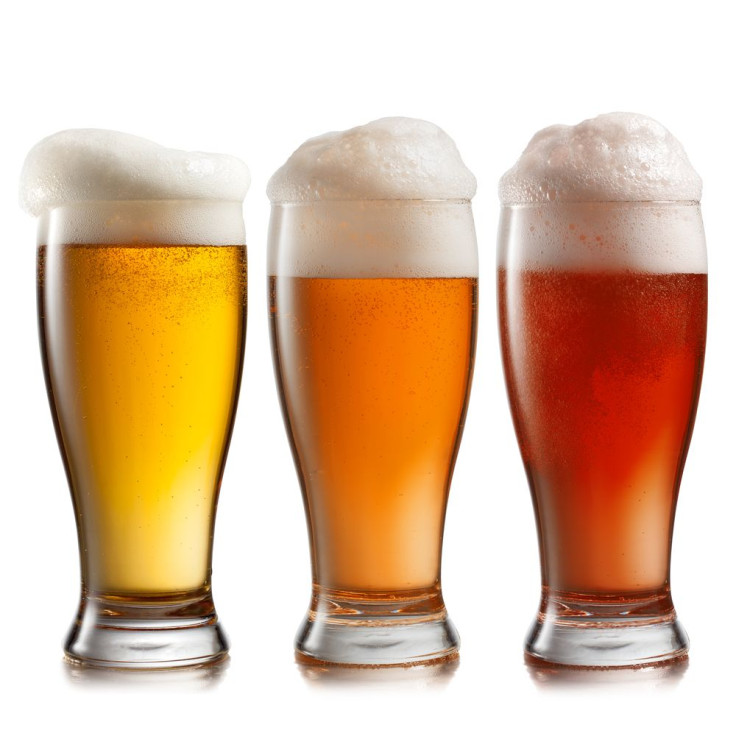Beer Foam, Perfected: The Science Behind Topping Off The Perfect Pint

The secret to the head of a beer is all in its chemistry. But what is the foam exactly? A researcher from Ivy League school Cornell University decided to unlock the food science behind the popular alcoholic beverage and found a balance between the right amount of bitters compound creates the optimal foam of a freshly poured beer.
“Brewers like to have a nice foam head,” said Karl Siebert, the study’s lead author and professor of the food science and technology class taught at the New York State Agricultural Experiment Station at Cornell University, as he showed his class how to pour the perfect beer into side of the glass. “The appreciation of beer involves a lot of the senses. You sense a lot of the beer with your eyes, you see what the color is and that’s related to the absorbance of light by certain compounds in there. And you see the beer.”
In the study, published in the Journal of the American Society of Brewing Chemists, Siebert identifies the key component of a “perfect head of beer”: the barley lipid transfer protein No.1, also known as LTP1.
“Dissolved gases in the beer — carbon dioxide and, in some instances, nitrogen — play a role. So do acidity, some ions, ethanol levels, viscosity and numerous other factors that have been tried by brewers and scientifically tested,” Siebert said. “But LTP1 is the key to perfect beer foam.”
Before he started his college teaching career, Siebert was once a longtime research chemist in the beer brewing industry. He attributes the main experience of beer to the taste buds on the tongue, the sense of aroma as the glass is lifted to your lips, and also the texture of the beer’s smoothness, which is the tingling of the CO2 perceived by the trigeminal nerve sensor wrapped around the nose and throat. His course covered the brewing process, barley and malt, hops, yeast, and fermentation of the beer.
“The course was oversubscribed, until a few students dropped out in the first couple weeks,” Siebert said. “They came to realize there’s a lot of chemistry and microbiology that they will be tested on the science, and it’s not all about beer drinking.”
How It Works
There are dozens of variables that impact the difference in foam from beer-to-beer, but the key, as Siebert highlights, is the LTP1’s rate of hydrophobicity, which means it repels water well. As it is poured, it grabs ahold of the bubbles of CO2 produced from fermentation and the bottling or kegging of the beer, and rises to the top. Then the protein in LTP1 forms a white coat on top of the bubbles, and the hydrophobic polypeptides from the grain hops help to make the foam more stable and clingy to the glass, according to CraftBeer.com.
Foam's Effect on Beer’s Flavor
Foam raises more odor compounds to the surface of the beer and moves active surface tastes into the bubble walls, temporarily opening up the nose and allowing it to experience a fuller range of flavors. The creamy, fluffiness of the foam can completely alter the taste perception of a beer because it softens the palate and creates a co-mingling of taste and smell. According to the study, oftentimes the drinker may describe a taste when it is actually a scent detected in their nasal passage.
“To some beer aficionados, the sign of a good head — the proper consistency, color, height, duration — is to draw a face with your finger in the foam, before taking the first sip,” Siebert said. “If the face is still there, when the glass is drained and the liquid is gone– that’s seriously good foam.”
Source: Siebert K. Recent Discoveries in Beer Foam. Journal of the American Society of Brewing Chemists. 2014.



























